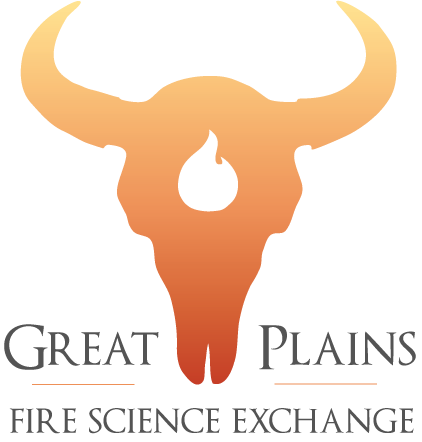Resources
Narrow
"AND" Search: includes all selected items
Publications(171)
Great Plains Published(58)
Videos(2)
Widen
"OR" Search: includes any selected items
Publications(171)
Videos(151)
Great Plains Published(65)
Maps, Tools, & Apps(14)
K-12 Education(11)
Curriculum(7)
Adult Education(6)
Job Announcement(5)

